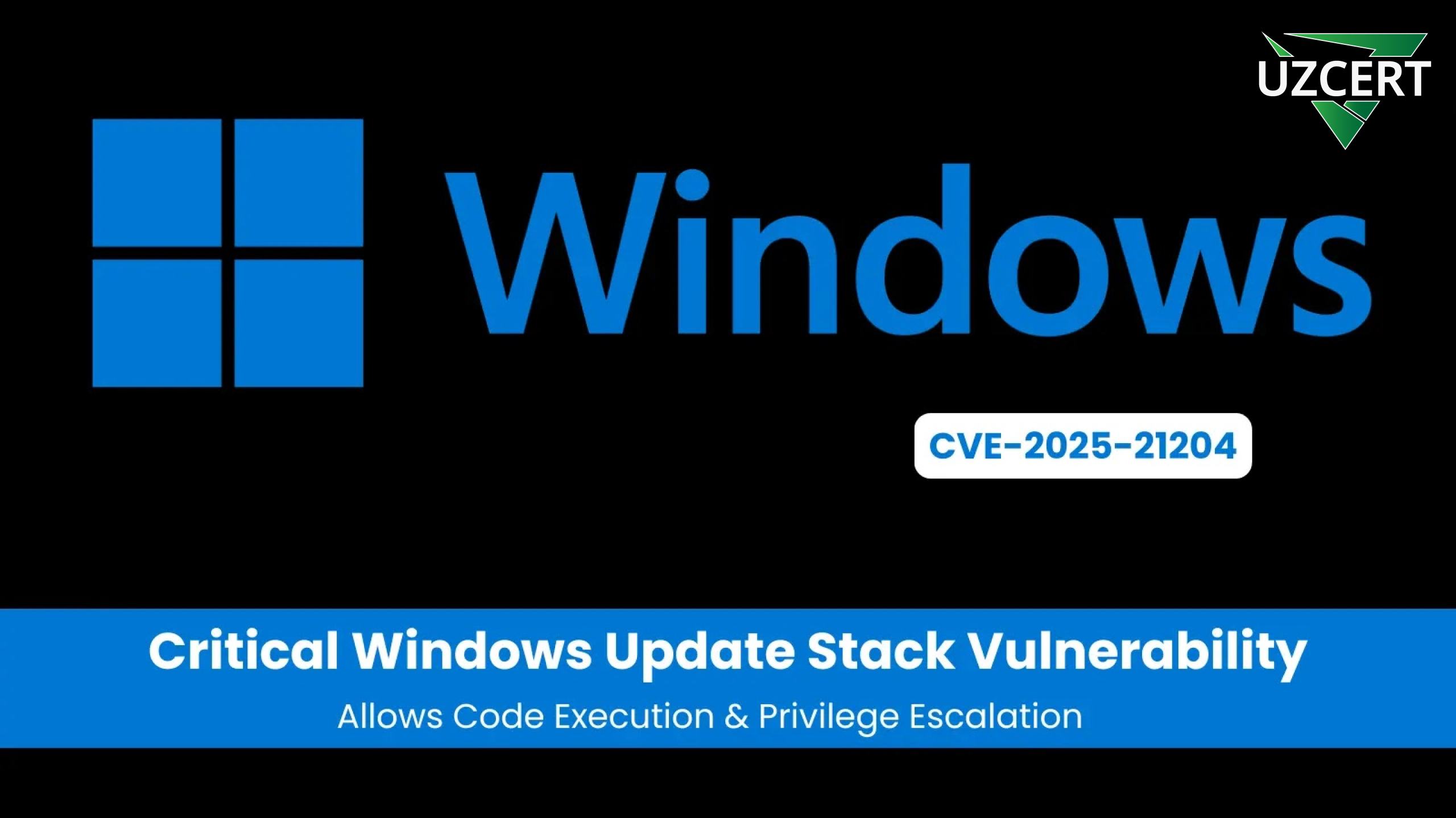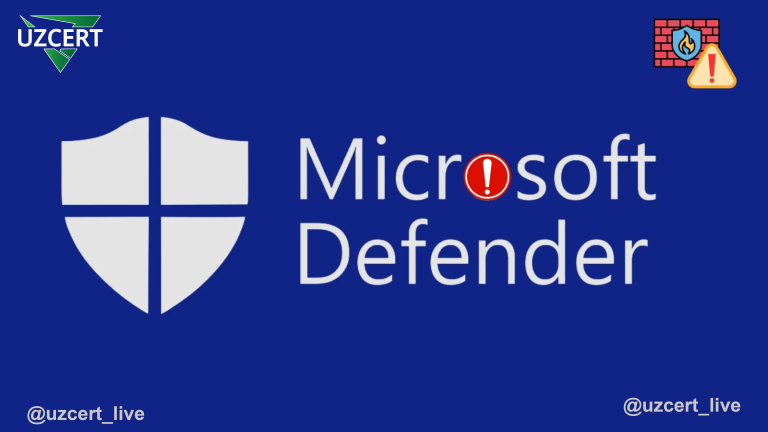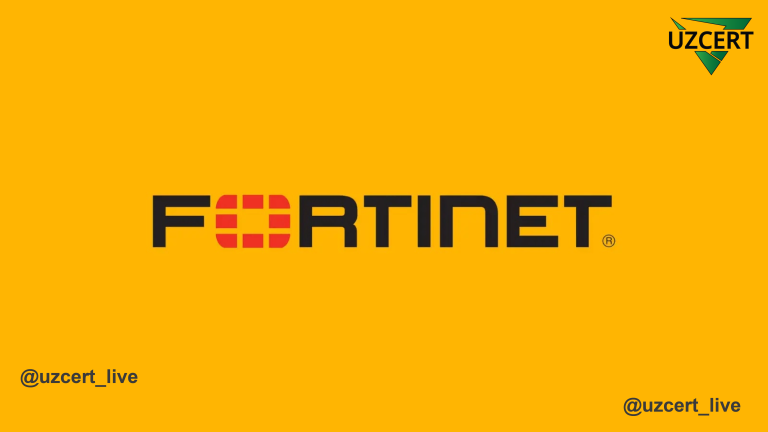
Windows Update Vulnerability Puts Your Computer at Risk
The security of our computers often relies on invisible layers of protection. Yet, sometimes, vulnerabilities are discovered within these very systems we trust. According to recent findings, a critical security flaw, identified as CVE-2025-21204, has been uncovered in the Windows Update system. This vulnerability allows an attacker to gain full control of a system without any user interaction.
The Windows Update system is a vital component responsible for fixing issues and strengthening security. However, the CVE-2025-21204 vulnerability turns this mechanism against itself, creating a dangerous opportunity for exploitation.
In simple terms, an attacker can manipulate specific folder paths (using symbolic links or junctions) on a computer. During the update installation process, Windows mistakenly treats these malicious files as legitimate and executes them with SYSTEM privileges. This grants the attacker administrative-level access to the computer—no passwords or sophisticated exploit techniques required.
This vulnerability affects:
- Windows 10 (versions including 1507, 1607, 1809, and others),
- Windows 11,
- Windows Server.
As a result, millions of users, including businesses, government institutions, and individual consumers, are at risk.
In April 2025, Microsoft released the KB5055523 update to address this issue. As part of the new strategy, a special folder, C:\inetpub, is created on the system. While this folder is typically associated with web servers (IIS), its creation in this context aims to make update paths more secure.
How to Protect Yourself
- Update Windows – Install the April 2025 update immediately.
- Monitor Symbolic Links and Junctions – Use tools like AppLocker or Windows Defender Application Control to control them.
- Restrict Permissions on the UpdateStack Folder – This prevents malicious redirections.
- Keep an Eye on the inetpub Folder – Even if IIS is not installed, watch for unexpected files in this directory.
This vulnerability doesn’t rely on complex technologies or viruses but exploits the system’s trust. The user notices nothing, the antivirus raises no alarms, yet the attacker gains complete control.
Modern threats often operate in this “silent” manner. Therefore, every user, especially IT professionals, must remain vigilant and treat every update not merely as a patch but as a critical security measure.
🔒 Stay vigilant today to protect your data tomorrow.



